Brett Kavanaugh’s Tricky Timetable
The legendary “First Monday in October”—the opening day of the Supreme Court’s new term—can occur as late as October 7, as the calendar goes. But not this term.
The first Monday this year is October 1, the earliest it can possibly be. And that is just one of several factors that could make it difficult for
Brett Kavanaugh—if he is confirmed by the Senate—to hit the ground running.
Senate Judiciary Committee chairman Chuck Grassley has set Tuesday September 4 as the first day for Kavanaugh’s confirmation hearing. Assuming that Senate Democrats will be unsuccessful in delaying the hearing, that date may sound like enough time for Kavanaugh to cross the finish line and don his robe for the high court. But consider:
➤➤ The hearing will likely last three or four days. In other words, it wraps up on September 6 or 7.
➤➤Grassley
told a radio host that it would take “probably two weeks” after that to finish a committee vote on his nomination. That’s because of permitted delays and post-hearing written questions from senators that Kavanaugh has to answer. So, the committee vote could come as late as September 21.
➤➤ The vote by the full Senate could take several days as well. That could put the vote at Monday September 24. Confirmation and swearing-in could take place by the end of the week.
➤➤ But the court’s business begins on September 24 with the “long” conference, where the justices consider hundreds of cert petitions that have piled up over the summer for review. That conference take place a week before the court session begins, by tradition.
➤➤ Obviously, Kavanaugh could not join in the long conference is he’s not yet a justice by September 24. But even if the process is fast-tracked and he is sworn in by then, it’s not certain he would participate.
Neil Gorsuch was sworn in on April 10 last year, and on April 17, the court issued a routine
16-page list of cert grants and denials and other court orders with an asterisk stating, “Justice Gorsuch took no part in the consideration or decision of the motions, petitions, or attorney discipline orders appearing on this Order List.”
And these calendar issues are not the only obstacles Kavanaugh faces. What about his chambers? What about his clerks?
Kavanaugh’s predecessor, mentor and former boss
Anthony Kennedy is clearing out his chambers, but there’s no guarantee that the new justice will slide into the same suite. When a justice retires, his or her chambers go up for grabs by other sitting justices, by seniority. Kennedy’s is choice real estate, with a stunning view of the U.S. Capitol. We’re hearing that Justice
Samuel Alito Jr. is interested in moving in, which would then open his chambers for other justices. This will take time to sort out.
But even if the moving process is lightning-quick, it is viewed as presumptuous for a nominee to “measure the drapes” and begin occupying the new court chambers before being sworn in. Kavanaugh could work from home, as justices used to do before the court building was completed in 1935. Nothing would keep him from reading cert petitions and briefs online to get up to speed.
As for law clerks, like most new justices, Kavanaugh will likely draw from the ranks of those who clerked for him as a circuit judge and then went on to clerk at the Supreme Court. They can’t start work until Kavanaugh does, but scouting out possible hires could begin quietly after his hearing.
The bright side:
as a top feeder judge, six of his former clerks are already on the job at the high court clerking for other justices, so he’ll be surrounded by friendly faces eager to help.
Summing up: As with Gorsuch, Kavanaugh’s familiarity with the court and his bevy of clerks will help get him through, but the path between now and October 1 may be steeper than you think.



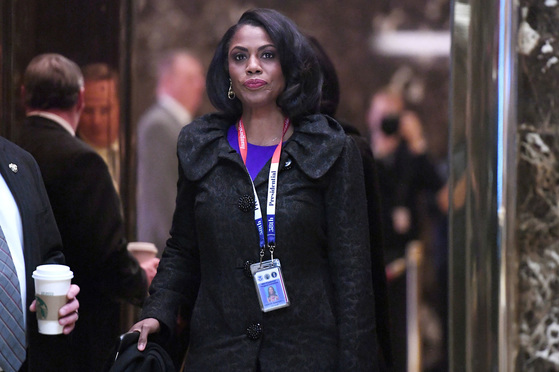

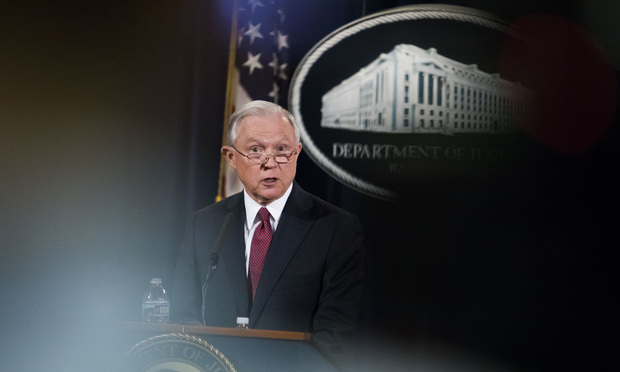
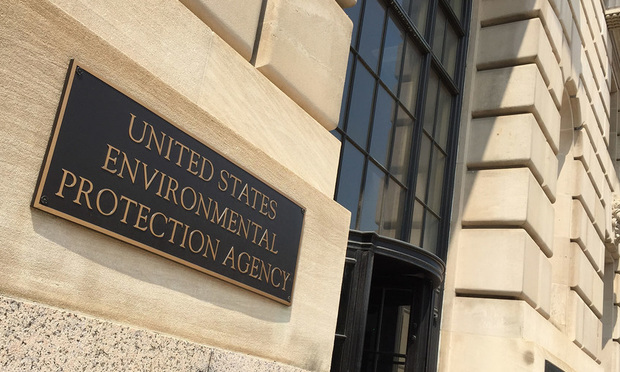


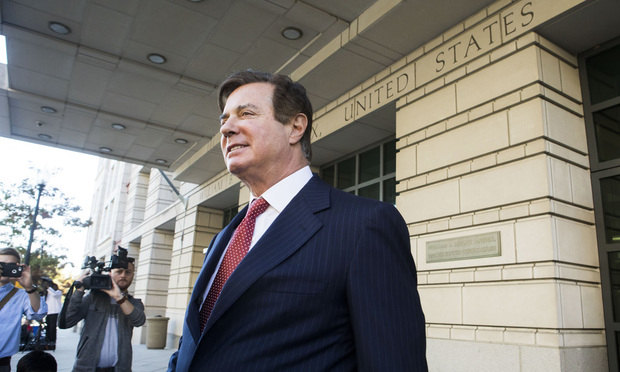





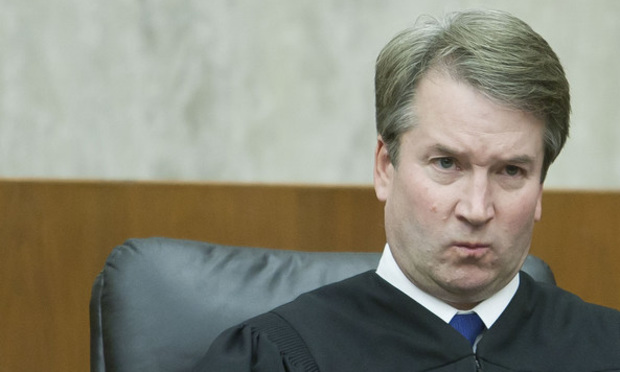

Comments
Post a Comment